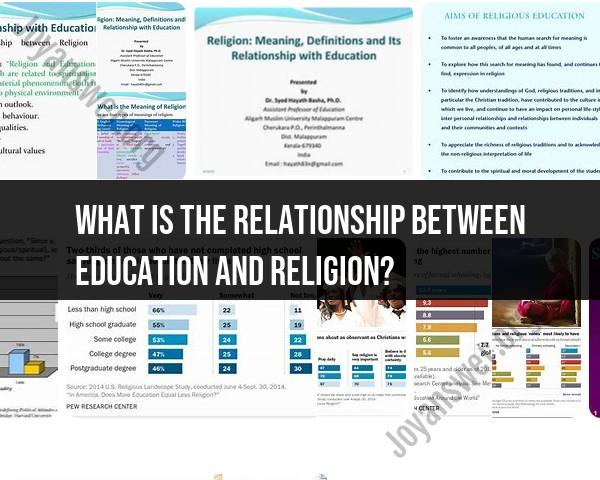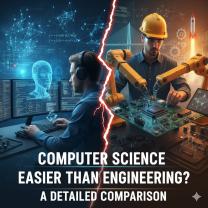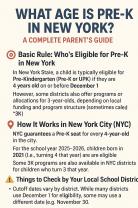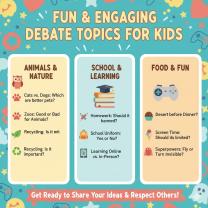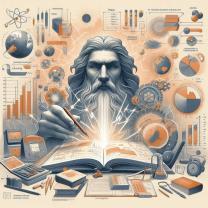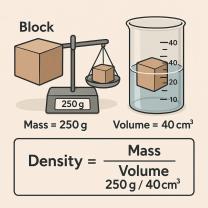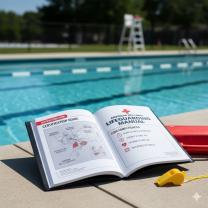What is the relationship between education and religion?
The relationship between education and religion is multifaceted and has evolved differently across various cultures, historical periods, and educational systems. Here are some key intersections and dynamics:
Historical Influence: Historically, education was often closely intertwined with religious institutions. Many early educational systems were established and run by religious organizations or leaders. Religious teachings, values, and texts were integral parts of the curriculum.
Formation of Values: Religion has played a significant role in shaping the moral, ethical, and value systems taught within educational settings. It has often provided a framework for understanding right and wrong, guiding behavior, and fostering a sense of community and responsibility.
Religious Education: In many societies, religious education remains a distinct part of the educational system, either as separate institutions or integrated into broader educational curricula. Religious education aims to impart knowledge about specific religious beliefs, rituals, texts, and traditions.
Cultural Understanding: Education often includes teachings about various religions, promoting cultural understanding, tolerance, and respect for diverse beliefs. This helps students develop a broader perspective and appreciate different cultural and religious practices.
Contemporary Challenges: In modern, diverse societies, the relationship between education and religion can be complex. Balancing the inclusion of religious teachings while maintaining secular educational principles can be a challenge. Issues of inclusivity, diversity, and religious freedom often come into play.
Secularization and Pluralism: In some regions, secularization trends have led to the separation of religious teachings from mainstream education. This separation aims to create inclusive, pluralistic educational environments that respect diverse beliefs and backgrounds.
Ethical Development: Religion and education intersect in the realm of ethical development. While religious education may offer specific moral teachings, secular education often emphasizes critical thinking, ethical reasoning, and the development of moral values based on a broader understanding of ethics.
Social Influence: Educational institutions influenced by religion may contribute to social cohesion within religious communities, fostering a sense of identity and belonging among their members.
The relationship between education and religion is dynamic and varies significantly depending on cultural, legal, and societal contexts. It continues to evolve as societies grapple with questions of diversity, inclusivity, and the role of religion in shaping educational principles and practices. In contemporary settings, finding a balance between respecting religious beliefs and maintaining secular educational standards remains a key challenge in many educational systems.
How does education intersect with different religious beliefs and practices?
The intersection of education and religion is complex and multifaceted, influenced by various factors like:
Religious doctrines:
- Emphasis on education: Some religions, like Islam and Judaism, place a high value on education and learning. This often leads to strong educational systems within these communities.
- Restrictions: Some religious doctrines may impose restrictions on certain types of education, particularly those deemed incompatible with their beliefs or practices.
- Gender roles: Some religions have specific gender roles that can impact educational opportunities and experiences.
Cultural practices:
- Traditional knowledge: Some cultures have rich traditions of knowledge transmission outside formal education systems. This can lead to tension between traditional and formal education methods.
- Language barriers: Education in a dominant language can disadvantage students from minority religious groups who speak different languages.
Political and social context:
- State-religion relationships: The relationship between the state and religion can significantly influence educational policies and practices. This can lead to conflicts between religious freedom and secular education.
- Religious discrimination: Discrimination against certain religious groups can limit their access to quality education.
Here are some specific examples of how education intersects with different religious beliefs and practices:
- Muslim communities: Many Muslim communities have a strong emphasis on education, particularly for boys. However, girls' education can sometimes be neglected.
- Hindu communities: The Hindu caste system can influence educational opportunities, with higher castes having better access to education.
- Christian communities: Some Christian communities emphasize religious education alongside secular education.
- Indigenous communities: Indigenous communities often have their own unique systems of knowledge and education, which may not be recognized by mainstream educational systems.
Here are some challenges that arise from the intersection of education and religion:
- Balancing religious freedom with secular education: Ensuring that education systems respect religious freedom while also promoting secular values and critical thinking.
- Providing equal access to education for all students: Addressing the educational needs of students from diverse religious backgrounds and ensuring that everyone has equal access to quality education.
- Addressing religious discrimination in schools: Promoting tolerance and understanding of different religions and preventing discrimination based on religion.
Here are some efforts being made to address these challenges:
- Interfaith dialogue: Encouraging dialogue and understanding between different religious communities about educational issues.
- Developing culturally and religiously inclusive curricula: Creating educational materials that are respectful of diverse religious beliefs and practices.
- Supporting minority religious communities: Providing resources and support to help minority religious communities access quality education.
Overall, the intersection of education and religion is a complex and evolving issue. It is important to be aware of the challenges and opportunities that arise from this intersection and to work towards creating inclusive and equitable education systems for all students.
